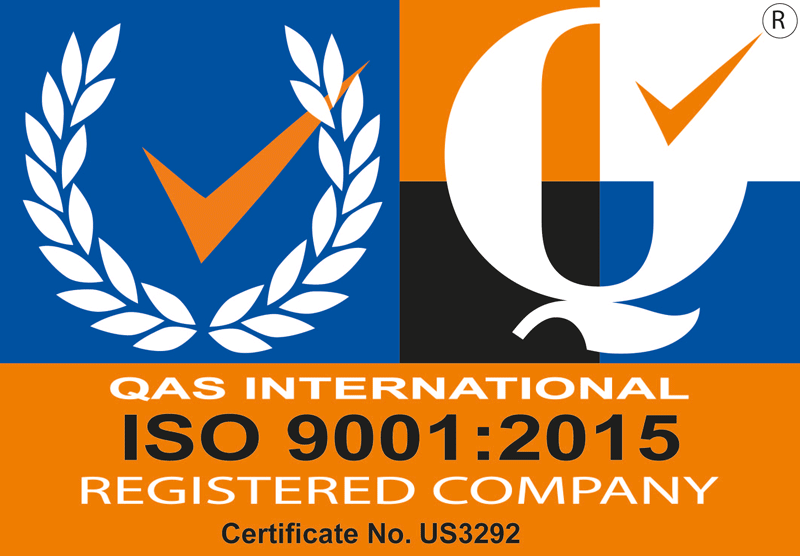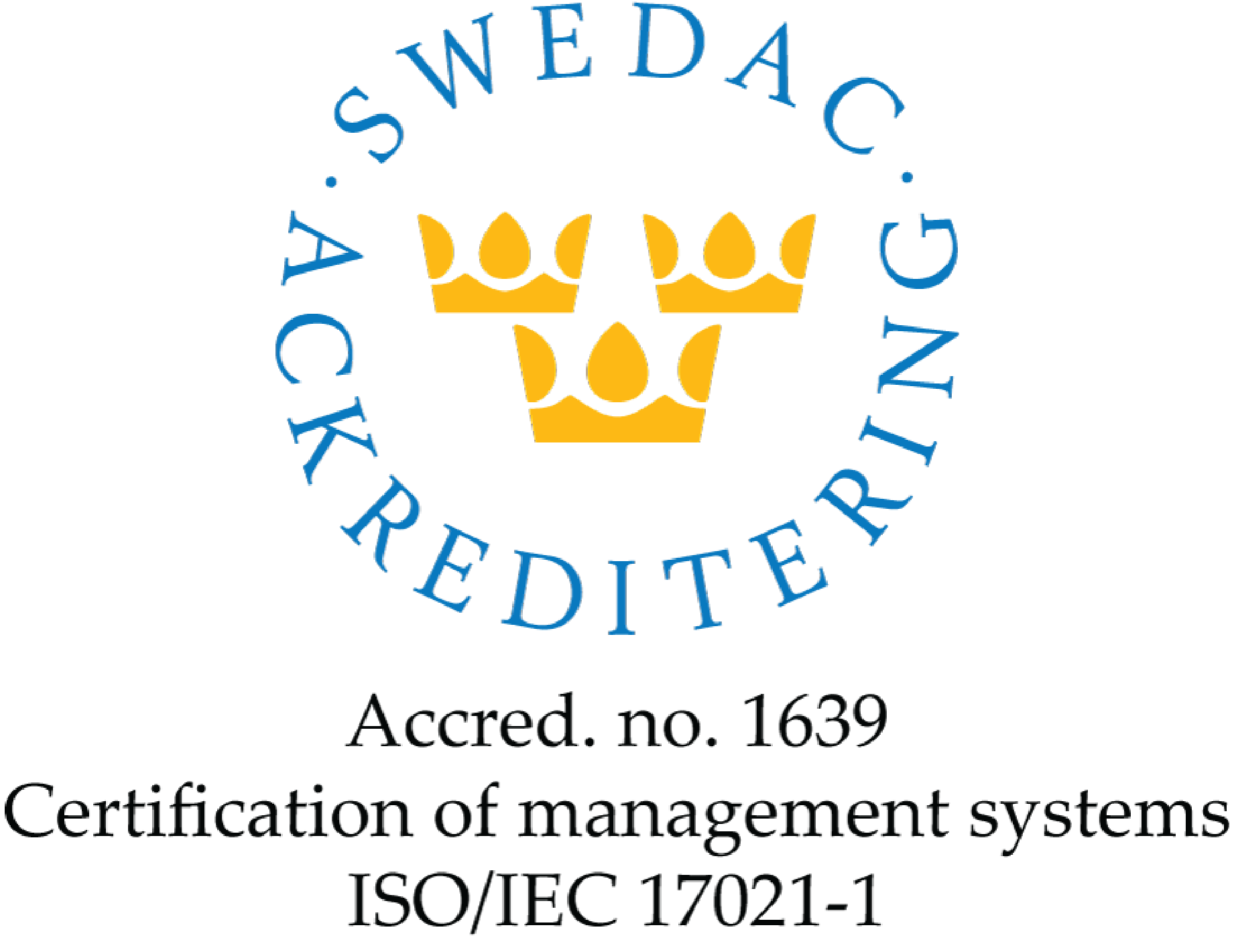What is an ISO 13485 Certification and Why Do You Need It?
The ISO 13485 standard specifies requirements that manufacturers need to follow to ensure Quality Management Systems (QMS) meet regulatory guidelines for medical devices.
The ISO 13485 certification was created by the International Organization for Standardization, which sets standards for commercial, industrial, and proprietary standards for businesses around the world.
In countries like the US and Canada, ISO 13485 certification is mandatory for battery manufacturers of batteries that power medical devices. The standard covers every aspect of battery production.
Battery packs, for example, must be designed to ensure the safe and reliable function of the end application. Safety, reliability, uniformity, timely delivery and traceability of components are key requirements for any battery pack, and these requirements are emphasized in the ISO 13485 standard.
Supply chain disruptions are unacceptable in the medical device field. So it is critical to choose components that allow the battery provider to meet product ship target dates.
Along with the battery design, management of design files, validation and verification of both the battery and processes, record keeping, cleanliness, and retention of documentation files are all critical to a manufacturer’s ability to produce a medical battery and maintain their ISO 13485 certification.
Careful selection of critical components is a primary consideration early in the design cycle, with a goal to ensure alternates are available where feasible. Cells, ICs, FETs, fuses and connectors need to be selected with care to ensure that risk of supply chain disruption or product re-qualification does not occur within the product’s lifetime.
Our battery manufacturing experts at Excell are fully trained and certified to meet the ISO 13485 standard. We have over 35 years of experience as a leading OEM supplier for medical equipment, utilities, industrial and handheld instrumentation, oil & gas, LEVs (light electric vehicles), and other advanced applications and extreme environments.




